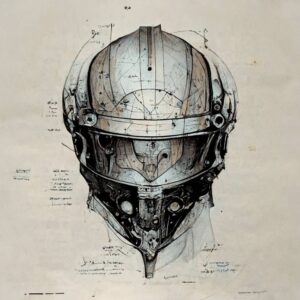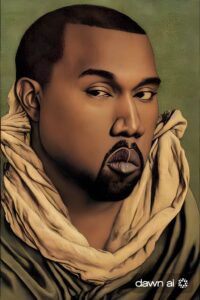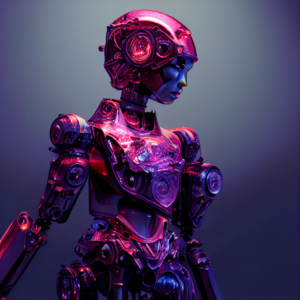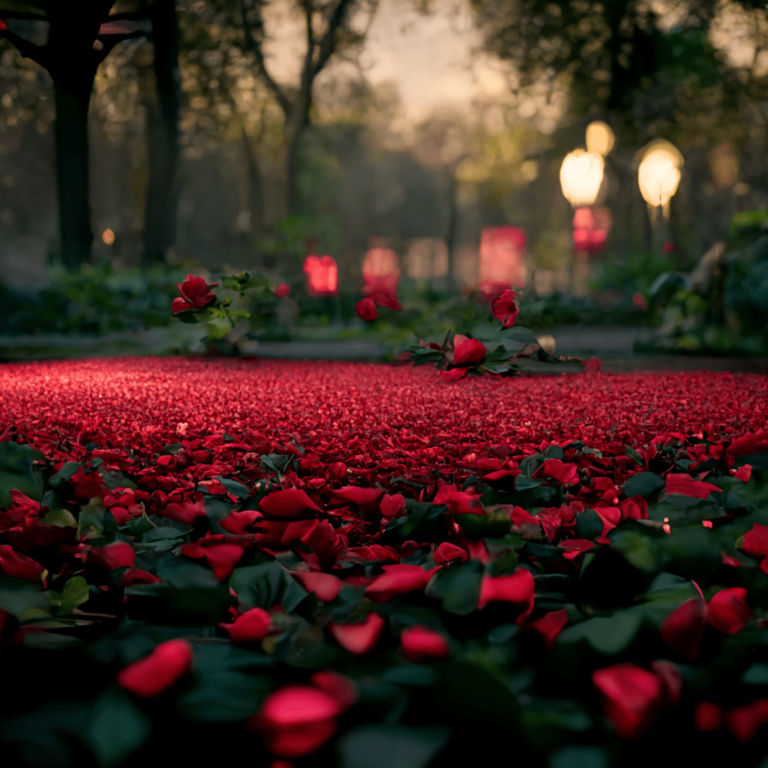1. What is AI art and what do its generators do
Artificial intelligence (AI) is a subsection of computer technology that focuses on the development of intelligent agents, or self-operating reasoning, learning, and acting systems.
These agents are used in a variety of applications and industries. For example, manufacturing, healthcare, automotive, aerospace, and video games industries.
Art made with AI algorithms is referred to as artificial intelligence art. AI art generators can be used by artists to create new pieces of art that are impossible or time-consuming for humans to produce. In contrast to humans, AI art can investigate a variety of challenging themes and concepts.
2. What are the different types of AI art generators?
AI art generators come in a variety of forms. While some AI art generators produce abstract art, others can formulate realistic 3D rendered-looking images. Some AI art generators can produce animated videos, while others can produce impeccable photo realistic images.
Examples of AI art Platforms and applications
| Name | Type | Url |
| Dall-E 2 | Platform based | https://openai.com/dall-e-2/ |
| Midjourney | Platform based | https://www.midjourney.com/home/ |
| Craiyon (formerly Dall-E mini) | Platform based | https://www.craiyon.com |
| Dream by WOMBO | Platform based | https://www.wombo.art/ |
| Artbreeder | Platform based | https://www.artbreeder.com/ |
| StarryAI | App | https://www.starryai.com/ |
| Wonder AI | App | https://play.google.com/store/apps/details?id=com.codeway.wonder&hl=en&gl=US |
| Dawn AI | App | https://play.google.com/store/apps/details?id=com.bendingspoons.dawn.ai&hl=en&gl=US |

AI generated Graphite_Helmet-sketch from Midjourney
3. How do AI art generators work?
The extraction of aesthetic components from a collection of input photographs is one of the main jobs of an AI art generator. Recognizing recurring characteristics in the photographs, such as shapes and colors, and then utilizing those components to produce an artistic work can be a part of this process.
AI art systems sometimes utilize a neural network to assess the photos. This kind of algorithm, which mirrors the operations of the human brain, is notably more accurate when it comes to producing art. This whole process can be called ‘machine learning.’

4. What are the benefits of using AI art generators?
Since AI art generators are still a growing field, there is still much to be done to advance it. They are a valuable tool for designers and artists who wish to produce original works without having to spend hours drawing or painting by hand.
There are many benefits to using AI art generators. Some of the benefits include:
+ Artists can get more time to focus on other tasks.
+ Artwork can be created more quickly and efficiently.
+ Artwork can be produced with more precision and intricacy.
+ Creatives can birth fresh concepts, thus shattering the ‘creative block’ as there are limitless possibilities.
+ AI art generator apps or platforms are easy to access and learn. They are also available for use on hand-held and non-handheld devices.
+ AI generator apps or platforms are generally free. Some come with limitations on the number of generations you can make. However, some offer premium access for their many additional features, but the benefits may always outweigh the costs.
+ That brings me to the most ‘green’ benefit, income generation. It is highly possible to profit from AI. Users can create designs that can be sold, almost in their ‘generated’ nature. So, as a businessman or businesswoman, you may be, when you compare the cost of premium features or premium access to the profit you can make from your creations, you will find that AI is good value for your money.

5. What are the risks of AI art generators?
There are a few risks associated with using AI art generators. First, the art produced may not be of the same quality as art produced by humans in terms of accuracy. Second, the art produced may not be unique, meaning it might be similar to other AI art. Third, the art produced may be copyrighted by the AI generator platform, thus limiting your ability to use it. Therefore, it is highly advisable to read the terms and conditions of any app or platform.
6. How can we mitigate the risks of AI art generators?
As the use of AI in art continues to grow, so too do the risks associated with its use. Here are four ways to help mitigate the risks of AI art generators:
1. Understand the limitations of AI.
Just because a work of art is created with AI doesn’t mean it’s perfect. AI is still limited in its ability to create authentic art. At times, artists file complaints and take down AI artworks from various platforms if they spot parts of their artworks in generated art.
2. Use AI in conjunction with other artistic mediums.
Use AI to create ‘base images’ or concepts. That might involve painting over or sampling parts of generated art or gaining ideas for your new creations.
3. Don’t rely on AI to do all the work.
It’s important to remember that AI is a tool that can be tailored to your expectations. Generate unique prompts and diversify your artwork by drawing inspiration from your favourite artists.
4. Pay attention to AI news and development updates
As AI continues to develop, certain freedoms and limitations are added to the existing frameworks. Some developers create free beta versions of their products for testing, while some free platforms may become commercialized. Therefore, the future of AI generators is uncertain, and AI art has not eliminated the value of human professionals.
In conclusion, AI art generators are fun and experimental. They can be valuable to both qualified and non-qualified creatives. We are yet to see the expanse of design solutions AI tools will offer. Creatives should continue to discover ways to utilize these tools to extend their creative abilities.

